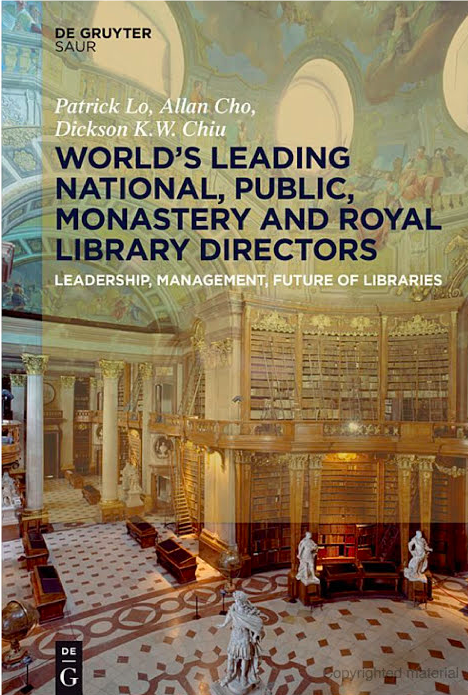While CUHK Library comprises seven libraries, I had the most fun with the tour of the Learning Garden, which is an inspirational space that has won awards. The Learning Garden is combined effort of librarians, architects, and the university community. As far back as 2014, when the Learning Garden first opened, it introduced 3D Printing and 3D Scanning services with the idea of bringing design concepts to life. In inspiring students to explore new interests in design and helping them to bring their creations and design concepts to life, the library provides two desktop level of 3D printers, including the Structure Sensor and Next Engine 3D scanners.
Clearly, with the trend in academic libraries is the shifting relationship between space and collections, physical collections increasingly across academia are being moved to storage or lesser used facilities, freeing up of space for collaborative learning and study spaces. With specific spaces opened for 24 hours a day during term time, how does the Learning Garden provides flexible seating and facilities to support teaching and learning activities. In addition to face-to-face teaching, collaborative learning through discussion among peers to generate ideas is increasingly important; in addition, with the needs of group projects for coursework, a 24-hour library space is necessary for the needs of students, particularly those who live on campus. On average, the Learning Garden has up to 300 patrons just after the library closes at 10.00pm.
How does the Learning Garden differ from the Research Commons in the University Library though? Both the Learning Garden and Research Commons are open spaces for students, undergraduate graduate students. While the same number of group study rooms are also available for bookings at Research Commons on the first floor of the University Library complex, the services arranged by the Research Commons librarian are specifically focused for graduate and postgraduate students as well as researchers; such services include research consultation services, research café events, thesis writing skills, authoring workshop, and citation management. However, the services for Postgraduates are not restricted to the Research Commons area; for example, the Research Cafe (presentations by Ph.D. candidates) are held in a small open space on the ground floor of the library. Activities conducted in open spaces aim to cultivate a learning ambiance and scholarly exchange and dialogue between students and scholars.

What's interesting about the Learning Garden is the emphasis of short-term flexibility with such things as movable furniture and temporary wall partitions. The Learning Garden is an open plan design, uniquely with no temporary wall partitions; thus, its events are conducted in an entirely open setting. As its name conveys as a "garden," patrons can find their own favourite spot for individual study, for chatting, for relaxation in the refreshment zone, having group discussions or joining a talk in the Open Forum. Except for the bubble group study room, all of these activities co-exist in the Learning Garden in a harmonious, collaborative manner. The Learning Path is designed as two 50 meters long desks and S-shape curve creates natural bays for groups to study together or individual. For flexibility, the designer architect selected more light-weighted and robust furniture for students to freely move and group various tables together to fit their purpose of learning. Smart whiteboards are movable as well.
The library is an important selling point for the university, and the Learning Garden has fast become the major attraction to University guests, students and visiting scholars. As a building, it has won several awards. The large whiteboard are full of students’ comments, drawing, traces of idea exchange and even poems, the students have indeed made the place their home and welcoming in their own way. Here's the past UL Colin Storey's recap of how it all started in 2012.

















